Reviving Vintage Furniture: Modern Upcycling Techniques
The timeless charm of vintage furniture lies not just in its ornate details and sturdy craftsmanship, but also in the stories each piece tells. In the contemporary era, the art of upcycling brings these stories to life again, blending the nostalgia of the past with the innovation of today. Modern upcycling techniques have given enthusiasts the creative tools to transform forgotten treasures into stunning, functional centerpieces for the home. This guide explores current approaches to reviving vintage furniture, offering insights into materials, methods, and inspiration. Discover how to honor tradition while embracing sustainable artistry through upcycling.
Rediscovering the Beauty of Vintage Pieces
Evaluating the Potential of Forgotten Treasures
Assessing the potential of a vintage item is the first crucial step in upcycling. This involves inspecting the construction, identifying the materials used, and judging the integrity of joints, surfaces, and embellishments. Discovering hidden gems in thrift stores, attics, or flea markets is thrilling, especially when you learn to look beyond scratches or faded finishes. Understanding what can be salvaged or enhanced forms the foundation of a successful revival, allowing you to work with a piece’s strengths while planning creative interventions.
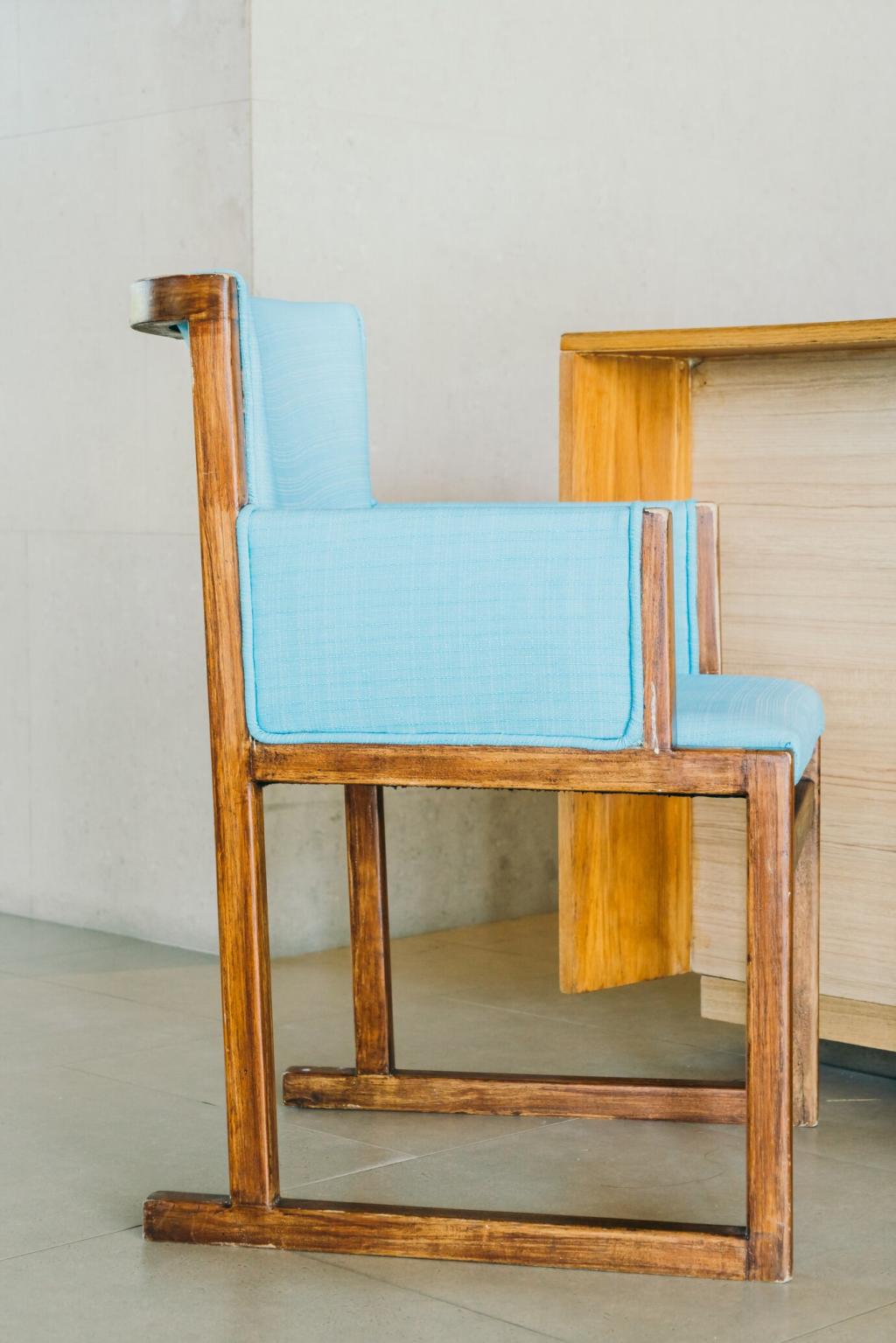
Preparing Vintage Furniture for Transformation
Vintage furniture often arrives layered with years of dust, grime, and old polish, all of which obscure natural beauty. The cleaning process goes beyond a quick wipe-down; it involves selecting gentle, effective solutions that remove buildup without damaging patina. Techniques might include using mild soap, mineral spirits, or specialized wood cleaners, always testing in inconspicuous areas first. Proper cleaning is transformative, often revealing hidden colors, grains, or textures and providing a fresh canvas for refinishing or painting.
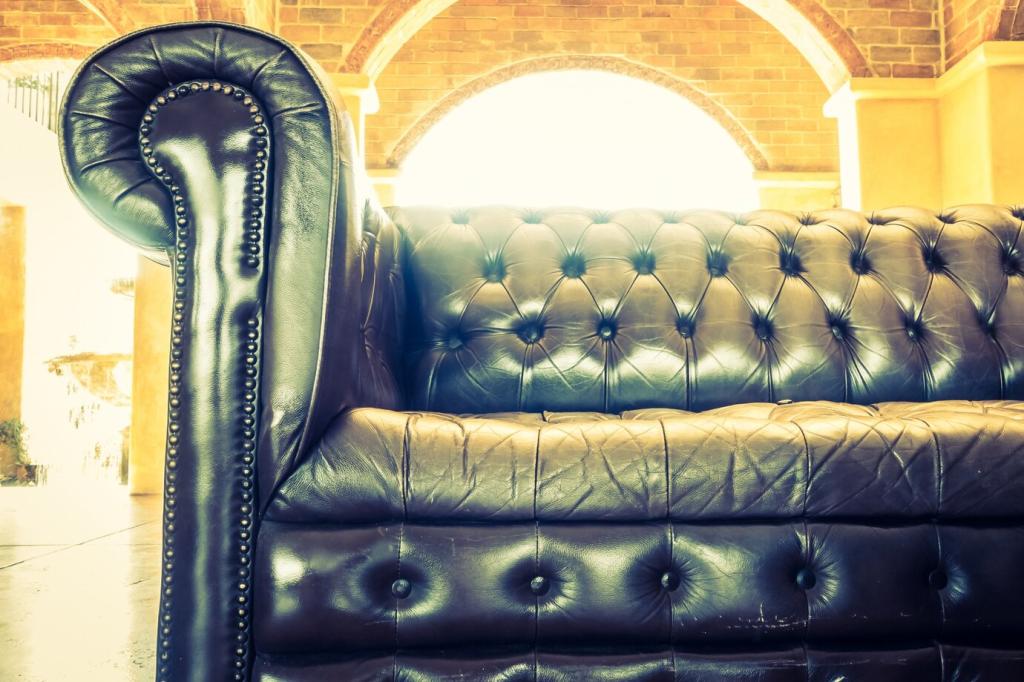
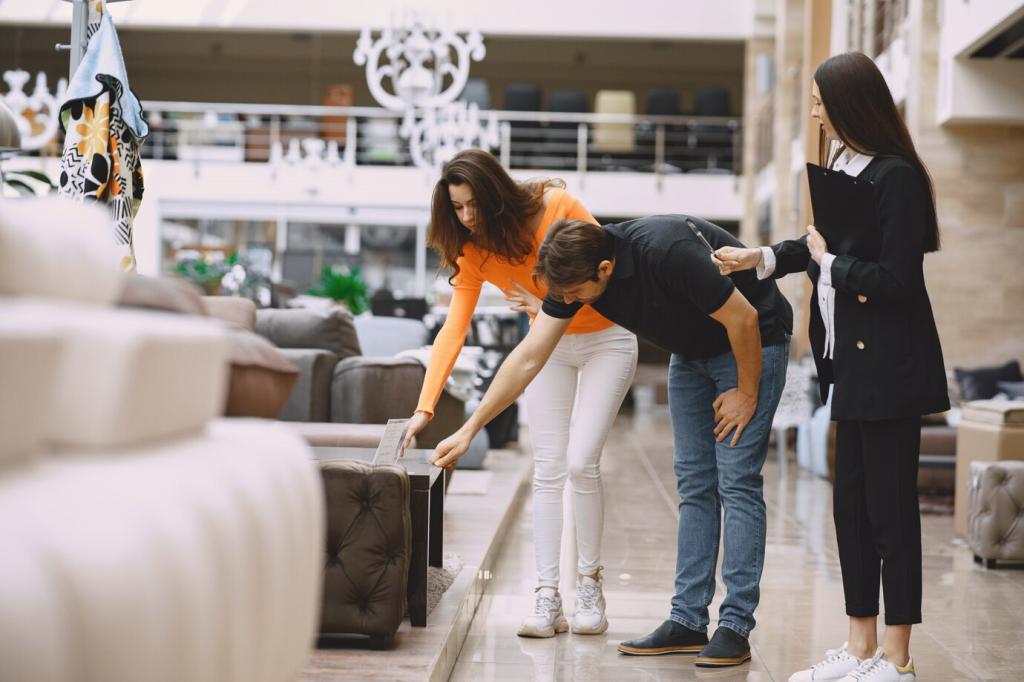
Refinishing and Staining Innovations
The art of refinishing is no longer limited to traditional stripping and staining; modern methods introduce a variety of finishes, from matte to high-gloss, embracing natural hues or contemporary shades. Water-based stains and varnishes, environmentally friendly products, and hybrid finishes create surfaces that are durable yet expressive. Through layering different tones or distressing techniques, upcyclers achieve custom looks that highlight wood grain or mimic antique patinas, giving each piece a fresh, updated feel while nodding to its storied past.
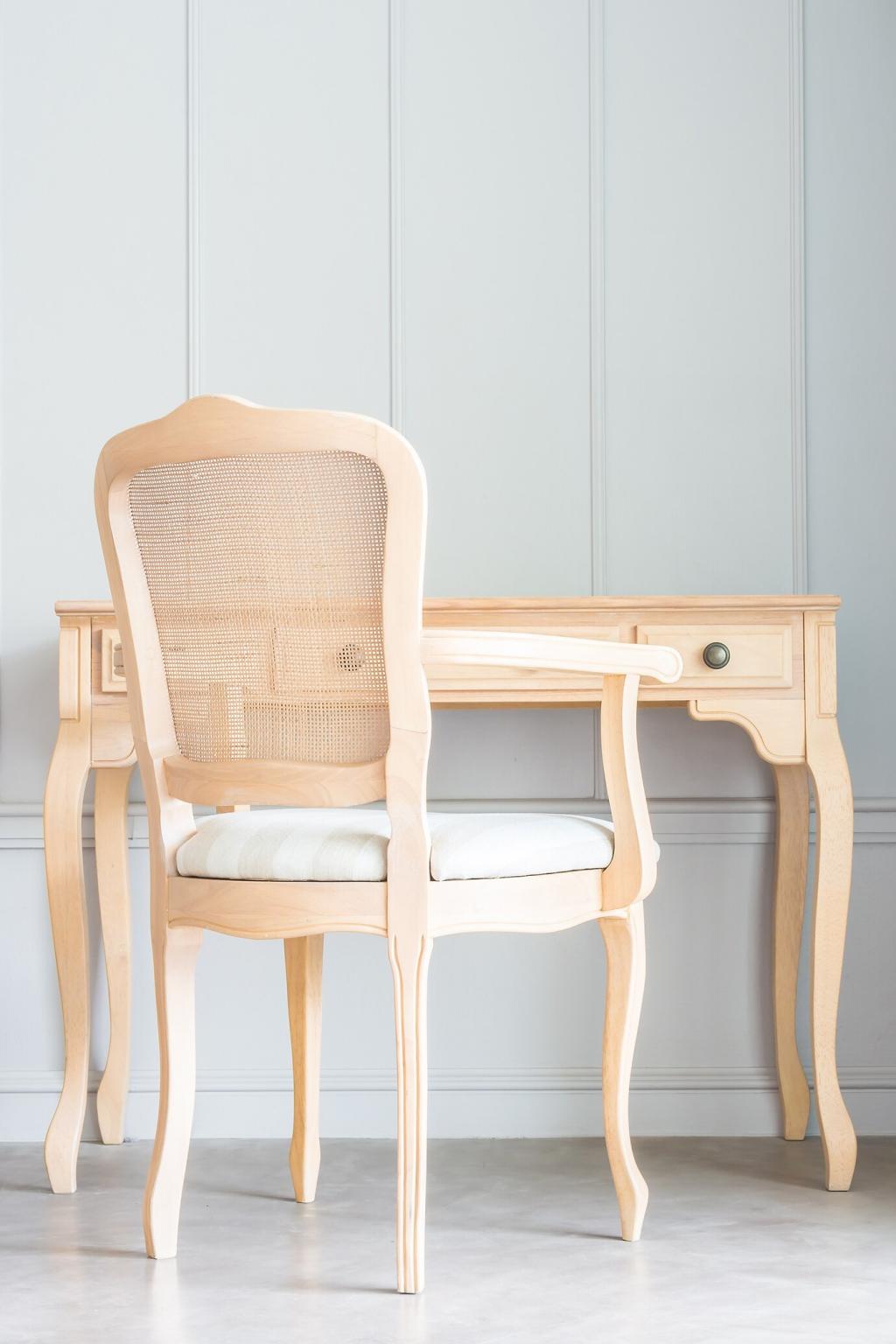
Painting for a Modern Statement
Paint has become a transformative tool in upcycling, allowing for bold statements or subtle updates. Chalk, milk, or mineral paint provides various effects, from smooth to textured, and infinite color options cater to modern palettes. Creative techniques such as color-blocking, ombré gradients, or hand-painted patterns add unique flair. High-quality paints and sealants ensure longevity and vibrancy, while thoughtfully chosen colors can accentuate architectural details or unite mismatched items into cohesive ensembles.
Blending Old and New Aesthetics
Retaining and highlighting original design details—such as carved feet, decorative moldings, or brass handles—adds authenticity to any upcycling project. These elements are often lovingly restored or even contrasted with new additions, showing respect for the artistry and cultural context of the piece. By shining a spotlight on such features, upcyclers preserve an item’s heritage, allowing its character to shine through even the boldest transformations.
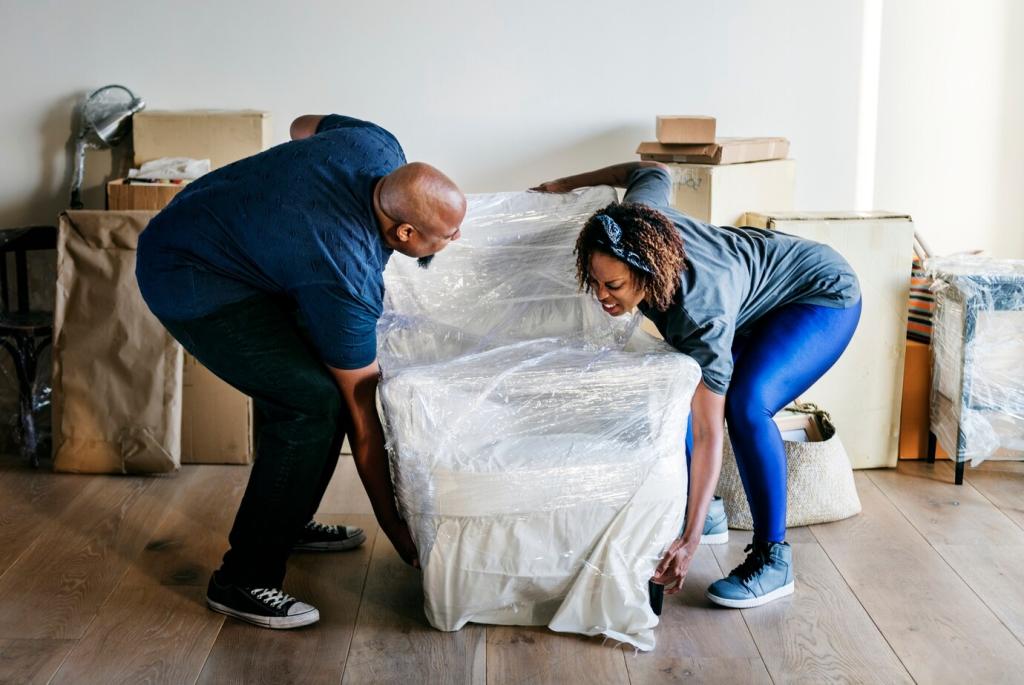
Previous
Next
Mastering Techniques for Distressing and Aging
Creating a Timeworn Patina
Skilled upcyclers replicate the gentle passage of time by creating patinas reminiscent of years of use. Techniques such as layering paints, gentle sanding, or applying tinted waxes build a sense of depth and history. Controlled imperfection—like softened edges or faint discoloration—invites tactile exploration and emotional connection, imbuing new life with a sense of timelessness. The result is furniture that feels storied and infinitely inviting.
Artistic Distressing Methods
Distressing takes many forms, from chipped paint finishes to the subtle abrasion of high-touch areas. Techniques including dry brushing, crackle glazing, and faux wormhole creation add convincing character. When used thoughtfully, these processes elevate bland surfaces into evocative canvases, capturing the poetry of bygone eras. Each intentional mark is a celebration of imperfection, telling tales that resonate in modern settings.
Combining Aging Techniques for Custom Effects
The art of combining multiple aging techniques produces one-of-a-kind results tailored to individual preferences or design intentions. For example, a blend of staining, waxing, and distressing may highlight specific features while producing harmonious contrast elsewhere. Upcyclers often experiment with materials and methods to achieve unique patinas, ensuring that no two pieces are alike. This spirit of customization makes modern upcycling both expressive and endlessly inventive.
Incorporating Artistic Expression and Personalization
Experimenting with Bold Colors and Patterns
Fearless color palettes and dynamic patterns are hallmarks of contemporary upcycling. Whether you choose a dramatic monochrome, vibrant geometric motifs, or whimsical freehand designs, color becomes a means of self-expression. These elements can be used to energize a room, anchor a design scheme, or simply reflect an individual’s tastes. Experimenting with paint or decoupage, upcyclers discover new identities for traditional forms, crafting pieces that spark joy and conversation.
Storytelling Through Decorative Details
Personal stories and memories can be woven into furniture through artistic details such as hand-painting, stenciling, or the addition of found objects. Meaningful motifs, family initials, or references to local heritage can transform a simple piece into a narrative focal point. These creative choices ensure that revived furniture is both beautiful and rich with personal significance, connecting users with their surroundings on an emotional level.
Mixed Media and Multi-Functional Artistry
Blending materials—like wood, metal, fabric, and glass—invites exploration and reinvention. Multi-functional artistry emerges when upcyclers incorporate unexpected elements, such as mosaic inlays, repurposed hardware, or integrated lighting. These mixed-media approaches challenge and delight, stretching the boundaries of what vintage furniture can be. The resulting pieces are practical yet poetic, tailored to contemporary life while reflecting the full spectrum of personal style.
